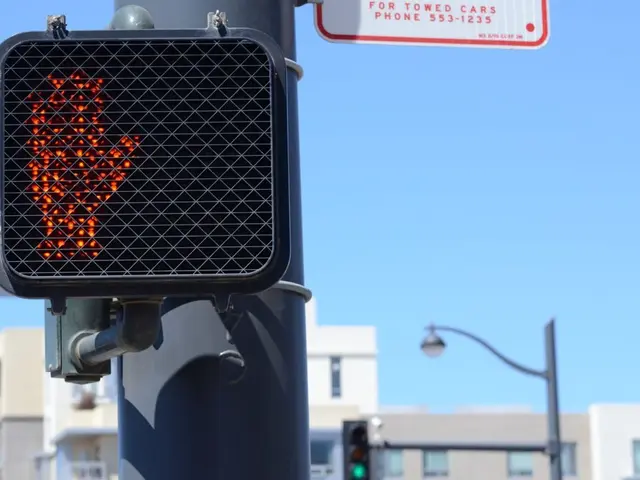U.S. Travel Limitations for Nomads Due to the Significant Residence Test
The Substantial Presence Test is a critical factor for US citizens or permanent residents contemplating renouncing their US affiliation, particularly if they plan to visit the US in the future. This test, used by the IRS, determines if someone should be considered a US person for tax purposes.
To qualify for the test, an individual must be present in the US for at least 31 days in the current year and a total of 183 days over a three-year period. This calculation involves counting all the days an individual was in the US during the current year, adding 1/3 of the days they spent in the US during the previous year, and adding 1/6 of the days they spent in the US two years ago. If the total is 183 days or more, the individual may be considered a US tax resident.
However, there are several exceptions to the test. Days spent commuting from Canada or Mexico, in transit between two locations outside the US, as a crew member on a foreign vessel in US waters, due to a medical condition, or as an exempt individual (e.g., certain visa holders) do not count towards the total.
Individuals visiting the US under certain visas, such as A or G visas (excluding A-3 or G-5 visas), J or Q visas, F, J, M or Q visas, and visas for professional athletes who visit to compete in charitable competitions, are exempt from the Substantial Presence Test.
One school of thought is that because an individual has a new tax status as a non-resident alien, their total number of days resets, and they do not count against them. However, another school of thought is that all days that an individual has spent in the US will count against them in the Substantial Presence Test after they renounce.
To avoid becoming subject to the Substantial Presence Test, individuals can keep track of the number of days they spend in the US and limit the amount of time they spend there. It's essential for those considering renouncing their US citizenship to weigh the implications of the Substantial Presence Test carefully, especially if they plan to visit the US in the future.
The Substantial Presence Test is similar to residency tests used by countries like Canada or Australia, but the US system is somewhat different due to citizenship-based taxation. It's always advisable to seek professional advice when navigating the complexities of tax laws and citizenship status.
Read also:
- On Thursday, Meta introduced three new smart glasses and LibreOffice made its way into the Austrian military
- Europe Witnesses Seven Showcases of Safely Assimilating Autonomous Aerial Vehicles
- New memory device Solakon ONE under inspection: user Günter provides his evaluation
- Unraveling the SharePoint Breach: Permanent Mission, Discovery, and Takeaways








